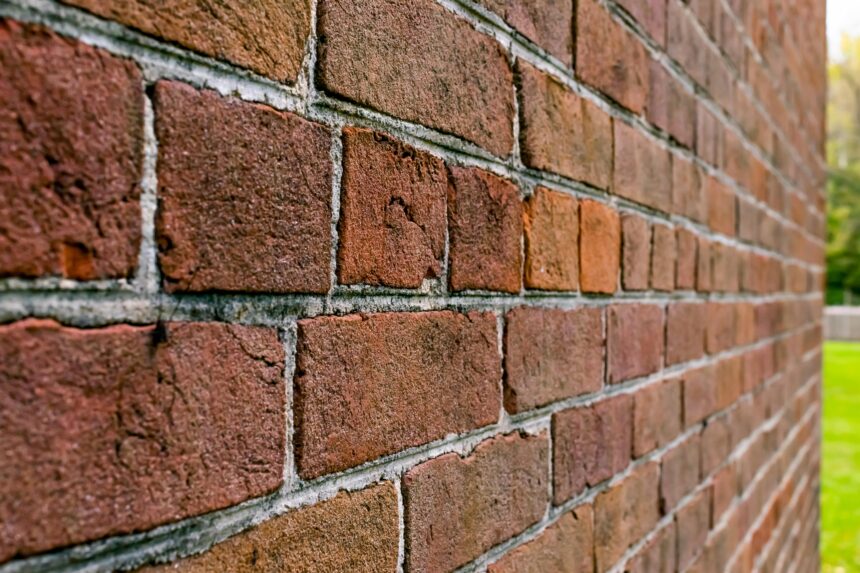Brick tuckpointing is a crucial maintenance task for any brick home, preserving both its structural integrity and aesthetic appeal. However, weather conditions significantly impact the effectiveness and durability of tuckpointing work. Understanding how different weather elements affect your brick walls can help you take proactive measures to protect your home.
The Impact of Weather on Brick Tuckpointing
Temperature Fluctuations: Extreme temperatures, both hot and cold, can cause significant damage to brickwork. In hot weather, bricks and mortar expand, while in cold weather, they contract. These fluctuations can lead to cracks in the mortar joints, making them more susceptible to water infiltration.
Moisture and Humidity: Water is one of the most damaging elements for brick structures. Rain, snow, and humidity can seep into cracks and pores in the mortar, causing it to deteriorate. Freeze-thaw cycles are particularly damaging; water that enters the mortar freezes and expands, causing the mortar to crack and crumble.
Wind: Strong winds can erode the surface of the mortar, especially if it’s already weakened by other factors. Wind-driven rain can also force water into small cracks and crevices, exacerbating the damage.
Protecting Your Home from Weather Damage
Regular Inspections: Regularly inspect your brickwork for signs of damage, such as cracks, crumbling mortar, or loose bricks. Early detection allows for timely repairs, preventing minor issues from becoming major problems.
Quality Materials: When performing tuckpointing, use high-quality mortar that matches the original in composition and color. This ensures a strong bond and maintains the aesthetic integrity of your home.
Professional Services: While DIY tuckpointing can save money, hiring a professional ensures the job is done correctly and efficiently. Look for reputable contractors by searching for “brick tuckpointing near me” to find experienced professionals who can provide quality service.
Weather Considerations: Schedule tuckpointing projects during mild weather conditions to ensure optimal results. Avoid extremely hot, cold, or wet conditions that can affect the mortar’s curing process.
Sealants and Waterproofing: Apply a breathable sealant to your brickwork to protect it from moisture without trapping it inside. This allows the bricks and mortar to breathe while preventing water infiltration.
Gutters and Drainage: Ensure your home’s gutters and downspouts are in good condition and direct water away from your brick walls. Proper drainage prevents water from pooling around the foundation, reducing the risk of moisture damage.
Conclusion
Weather can have a significant impact on the condition of your brickwork, but with proper care and maintenance, you can protect your home from damage. Regular inspections, using quality materials, hiring professional services, and taking weather conditions into account are all essential steps in maintaining the longevity and beauty of your brick home. If you’re ever in doubt, don’t hesitate to search for brick tuckpointing near me to find expert help.






